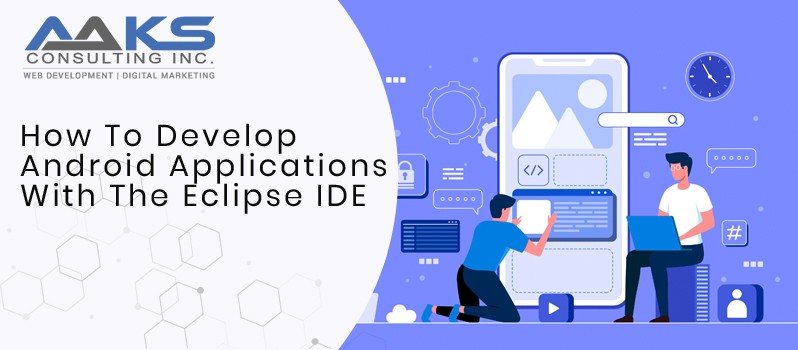How To Develop Android Applications With The Eclipse IDE
With the Android platform now being one of the most popular in the world, many developers are interested in using it to create their own android applications, games, or even websites. However, there is a lot more going on behind the scenes than just creating these applications – they must also learn how to program them. Some like to do this with a traditional IDE such as Eclipse, while others prefer to use an open source tool such as Google’s Blockly app. Keep reading to find out which option you might want to explore!
Introduction
If you’re like most developers, you probably use a variety of different development tools to create your Android applications. But what if you could use one tool to create applications for both Android and iOS? The Eclipse IDE is perfect for just that! In this article, we’ll outline how to develop Android applications with the Eclipse IDE and show you some of the great features it has to offer. If you’re new to Eclipse or just need a refresher on how to use it, then you should start by reading our previous article on Eclipse .
That article will help you get started using Eclipse for Android development. We’ll be using the latest version of Eclipse, which at the time of writing is version 4.2.2 for Windows and Mac OS X, plus the latest Java Development Kit (JDK) version 1.8.0_45 running on Windows XP or higher, Linux operating systems with a 2 GB RAM minimum, and Mac OS X 10.4 or better.
The first thing that we’ll do is create our own project in Eclipse so that we can work with it directly in the IDE and see exactly what code is being generated by IntelliJ IDEA. To do this, simply right-click on the file “proj1” and select New > Java Project from the menu that appears. The new project is a standard Java class file:
In Android Studio we’ll go through this process of creating a new project but, as you can see, it’s much simpler because all the work has been done for us. We just need to create our own class files for the code we want to use in our app. The next thing that we need to do is add some code to our newly created project so that we can start using it and seeing what happens.
What is Android?
Android is an open source mobile operating system based on the Linux kernel. Created by Android, Inc., it is available for smartphones and tablets. Android applications are written in Java and run on a customized version of the Android OS.Developing Android applications with Eclipse IDE is a great way to learn how to program for mobile devices and gain experience in using various features of the SDK. This article will provide an overview of the steps necessary to get started with developing Android applications using Eclipse IDE. Additionally, we will highlight some of the features that make Eclipse IDE a powerful tool for Android development.
Why develop apps for Android?
Android is one of the most popular mobile operating systems on the market. It has a large and growing user base, making it an excellent platform for developing applications. Furthermore, Android apps can be distributed through the Google Play Store, making them easy to find and download.
There are several important reasons to develop applications for Android. First and foremost, Android offers a wide range of devices from different manufacturers, which means that your application will work on a wider variety of devices. Second, Android is open-source software, meaning that you can access and modify the codebase to suit your needs. This allows you to create applications that are tailored specifically to the Android platform. Finally, Android offers a number of features that make developing applications easier than developing applications for other platforms. For example, Android supports Java programming language, which is well known and widely used.
How to use Eclipse IDE
Eclipse is one of the most popular Integrated Development Environments (IDEs) for creating Android applications. If you’re new to Eclipse, this guide will teach you how to get started developing Android applications with Eclipse.
First, make sure you have the latest version of Eclipse installed on your computer. You can find the installer for Windows, Mac, or Linux here: http://www.eclipse.org/downloads/. Once you’ve downloaded and installed Eclipse, open it up and select “Help > Install New Software.” In the dialog that pops up, select “Android Development Tools” from the list of software to install. Click on the “Next” button and follow the on-screen instructions.
When the installation is complete, you’ll be asked to configure Eclipse for Android development. Select “Finish” from the dialog and Eclipse will start installing the necessary libraries and tools.
Once Eclipse is configured, it’s time to start learning how to use it to develop Android applications.
Resources for developing on Android
Android development can be a daunting task, but the Eclipse IDE is a great tool for getting started. This guide will show you how to develop applications with the Eclipse IDE on Android.
Conclusion
In this article, we will be discussing how to develop Android applications with the Eclipse IDE. This powerful development environment makes it easy to create high-quality apps that can be deployed on a variety of devices. We will also demonstrate how to use the Eclipse plug-ins that are specifically designed for developing Android apps. With these tips and tricks, you should have no trouble creating an app that meets your specific needs.




